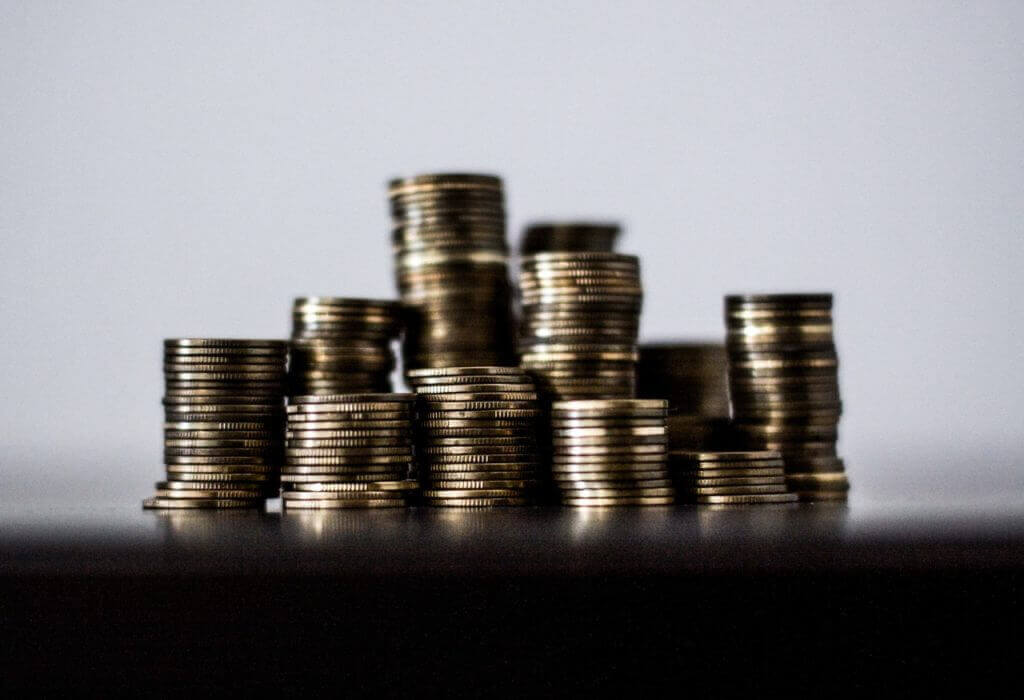
As a revenue manager, getting your room prices right is arguably your biggest priority. And while you may be aware that there’s a science to it, you’re time-poor as it is.
On any given day, you’re looking at your own KPIs, what competitors are doing, what OTAs are doing, and the latest industry trends – not to mention all of the meetings you get pulled into.
In the first of a three-part series – tying in with our new downloadable eBook, How to price right: a guide to setting profitable B2C hotel rates – we ask:
How can you accurately forecast demand and pull all the right levers to result in maximum revenue for your hotel?
1. Understand what impacts demand
Hotels are economic units, so pricing depends on supply and demand at any given time. The problem is demand fluctuates on a daily basis, so it’s not a set-and-forget activity.
To forecast demand accurately, look at:
Historical data
To forecast demand for Day Y on Day X, consider two key measures. The first is your current on-the-books (OTB) reservations. The second is your likely “pickup”. To determine your pickup for Day Y in the previous year, review how many bookings were made between Days X and Y.
All other factors being equal, this year should be similar, so you can price according to likely demand. (But do assess any future data you can access too, as other factors aren’t always equal.)
Events
There are two kinds of events that should be factored into your marketing, promotion and pricing strategies:
Major events. Those like the Superbowl, the Olympics, Detroit’s Auto Show or Monaco’s Yacht Show are events you can plan for years in advance.
Local events are smaller events like concerts and holidays (for your leisure business) and business conferences or government assemblies (for your corporate business).
Because of the increased demand, you should not hesitate to raise your prices.
Timing
You have your high season, and your low season, which are defined by the holidays – but don’t forget – it’s not just about the holidays in your area, it’s also about the holidays from source markets. For example, Chinese travellers tend to travel around Chinese New Year.
You also have your high demand days (weekends) and low demand days (weekdays) – or vice versa, depending on the location. You should be adjusting your rates during these periods of high and low demand to increase occupancy and revenue.




